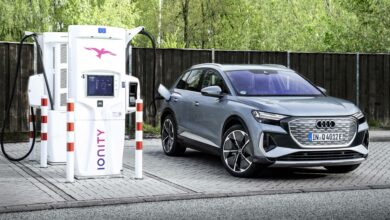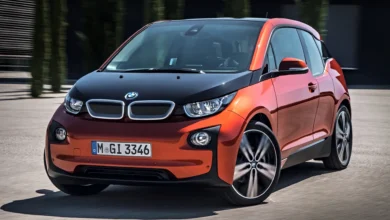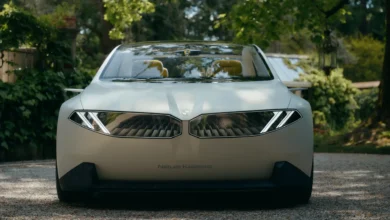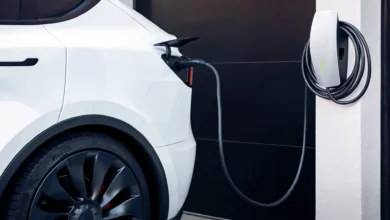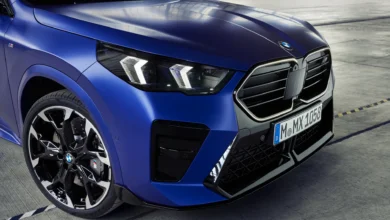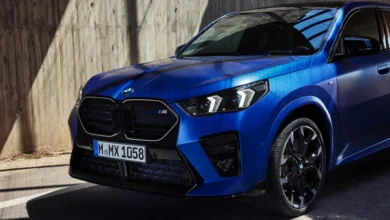
In 2025, BMW will start producing its first electric cars based on the Neue Klasse platform, the new 3 Series (i3) and X3 (iX3), in Debrecen (Hungary). This architecture, developed specifically for models of this type, will feature short overhangs, a long wheelbase, a flat floor, and an 800-volt electrical system.
In addition, the Neue Klasse platform will also launch a new generation of cylindrical battery cells, a format that the Bavarian firm had not opted for until now. Everything indicates that those in charge of producing them will be the Chinese suppliers CATL and EVE Energy, which are currently building two battery plants in the area.
According to BMW, the new format will be optimally adapted to the new platform. “With the newly developed sixth generation of our lithium-ion cells, a huge technological leap is imminent: energy density increases by more than 20%, charging speed increases by up to 30%, and range improves by up to 30%. %. We are also reducing carbon dioxide emissions in cell production by up to 60%,” explains Frank Weber, Member of the BMW Board of Directors for Development.
A BMW i4 currently certifies a 590 km WLTP range and it takes approximately 31 minutes to recover 70% of its charge (10-80%). With the new cells, its range would reach a maximum of 767 km WLTP, while the charging time would be reduced to just 22 minutes, a figure similar to that announced by models such as the Porsche Taycan (5-80% in 22.5 minutes ).
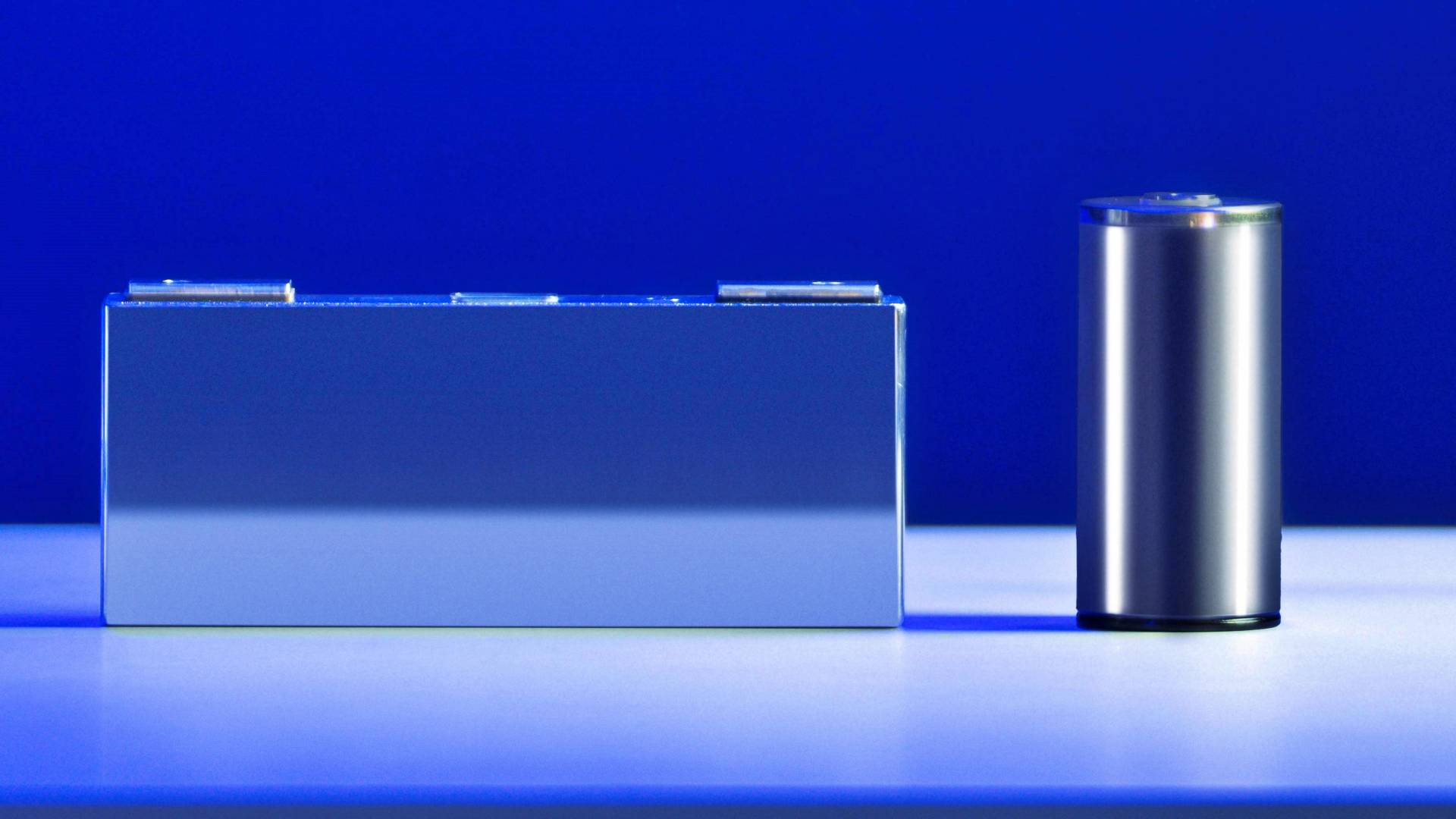
BMW will bet on the 46xx format
Initially, BMW will bet on a 46xx format: the diameter of the cells will always be 46 millimeters, but there will be two different heights. To improve the use of space, the modules will be dispensed within the structure of the packs. Compared to the batteries used in current BMW electric cars, the new generation could benefit from a cost reduction of up to 50%.
Regarding BMW’s fifth-generation prismatic cells, the sixth-generation cylindrical cells will have a cathode with a higher percentage of nickel, as well as a lower amount of cobalt. The anode for its part will be rich in silicon. In addition, the sixth generation cells will also be compatible with LFP (lithium iron phosphate) cathodes, chemistry that will surely be used in the access versions of its future electrics.
Both the cobalt and the lithium in the batteries used by the German company will come from certified mines. “In this way, the company has full transparency about the extraction methods and can guarantee responsible mining. Both raw materials are sourced from certified mines, either directly from the BMW Group or from the battery cell manufacturer. “
